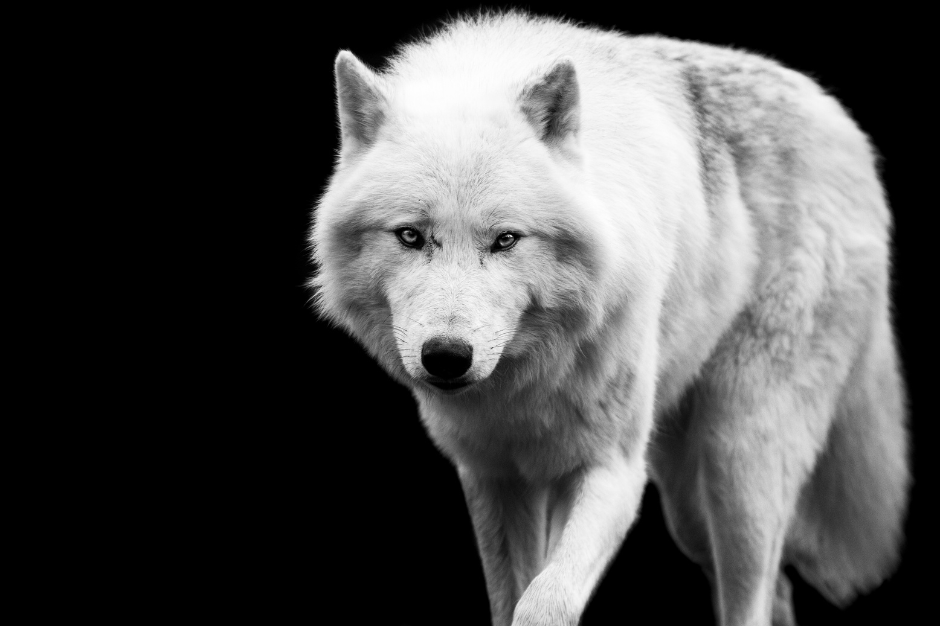The story of how dogs became our faithful companions is one of the most captivating tales in evolutionary biology. Dogs, scientifically termed Canis lupus familiaris, originated from wolves (Canis lupus) through a complex domestication process that began tens of thousands of years ago. This narrative not only charts the biological transformation from wild wolf to domestic dog but also explores the profound effects of this relationship on human civilization.
The Dawn of Domestication
The exact timeline and location of dog domestication remain subjects of debate among scientists. However, archaeological evidence and genetic studies suggest that dogs were likely domesticated around 20,000 to 40,000 years ago. Potentially in multiple locations across Eurasia. One leading theory posits that domestication first occurred in East Asia, around what is now China, with other evidence pointing to the Middle East or Europe.
- Archaeological Evidence: Archaeologists have found the earliest definitive dog remains in Siberia’s Altai Mountains, dating back approximately 33,000 years. These remains show morphological differences from wolves, suggesting early human intervention or selection.
- Genetic Studies: Advances in genetic sequencing have allowed researchers to trace modern dog lineages back to ancient wolves. Genetic material from ancient dog remains, like those found in Germany dating to 14,000 years ago, has helped confirm a wolf ancestor but also indicates multiple domestication events or significant interbreeding between domesticated dogs and wild wolves.
The Process of Domestication
Understanding how wolves evolutionary transformed into dogs involves examining behavioral and genetic changes:
- Behavioral Shifts: Initially, wolves that were less aggressive and more tolerant of humans might have been the first to be tolerated around human settlements. These “proto-dogs” could have benefited from human scraps. This led to a symbiotic relationship where humans gained from the wolves’ hunting skills or guard duties.
- Genetic Alterations: Over generations, selective breeding favored traits like docility, loyalty, and physical attributes suited for life with humans. This process, known as artificial selection, dramatically altered the genetic makeup of these wolves,. This has led to the vast diversity seen in modern dog breeds.
- Co-Evolution: Dogs and humans co-evolved. As humans adapted their hunting and agricultural practices, dogs’ diets changed. Humans shaped their physical and behavioral traits to meet needs like herding or hunting. Conversely, dogs influenced human societies by assisting in hunting, providing warmth and companionship, and even serving in warfare.
Ancient Dogs and Genetic Traces
Modern genetic research provides fascinating insights:
- Mitochondrial DNA: By analyzing mitochondrial DNA, which is inherited only from the mother, researchers have traced back maternal lineages, suggesting multiple domestication events. The diversity in genetic origin suggests that humans might have domesticated dogs independently in different regions.
- Whole Genome Analysis: The sequencing of the whole genome of both modern dogs and ancient canids has revealed that domestication was not a singular event. Rather it was a process involving gene flow between dogs and wolves, leading to a gradual differentiation.
- Selective Breeding: From the diversity of ancient dogs, human societies began to selectively breed for specific traits, leading to the extensive variation in breeds we see today. This selective breeding intensified as human societies developed. Particularly this occurred in the Victorian era, leading to the standardized breeds we recognize now.
Impact on Human Society
The domestication of dogs had profound effects:
- Hunting and Survival: Early dogs likely helped humans in hunting, providing an advantage in tracking and bringing down prey.
- Social and Emotional Bonds: Dogs played roles in human emotional and social landscapes, affecting how communities formed and interacted.
- Cultural Significance: Dogs have featured in myths, religions, and folklore across cultures, often symbolizing loyalty, guardianship, or spiritual guides.
The evolutionary journey from wolf to dog is a testament to the dynamic interplay between nature and nurture, genetics, and environment. This relationship, evolving over millennia, has shaped both species profoundly. Dogs not only adapted to human environments but also sculpted human societies. Today, as we look into our dogs’ eyes, we glimpse this ancient bond, a connection that began when a wolf first dared to approach a human without fear. Understanding this evolutionary change not only enriches our appreciation of dogs but also provides a mirror to human history. If you have ever been curious about your dog’s DNA, there are testing options, like Embark.

